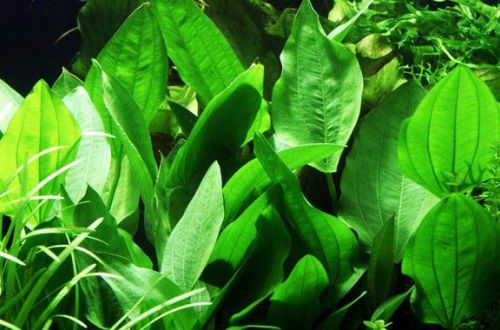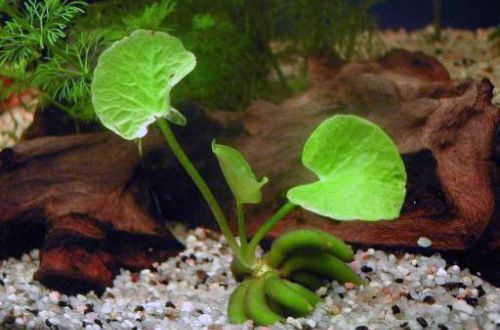
Hellantium Vesuvius
Helanthium Vesuvius, scientific name Helanthium bolivianum “Vesuvius”. This plant is better known under a different name – Echinodorus Vesuvius (Echinodorus “Vesuvius”), since for a long time it belonged to the genus Echinodorus. It is an artificially bred species that appeared in 2006 in the Oriental Nursery (Singapore), based on Helanthium bolivianum “Angustifolius”. Introduced in Europe by the Dutch company Stoffels International BV c. the same year at the Interzoo exhibition.
It can grow both on land in moist substrates and submerged in aquariums. Depending on the growing environment, the appearance of the plant differs markedly. Under water, Helantium Vesuvius resembles Vallisneria lacustrine, developing the same long, narrow, spiral leaves, however, the “twisting” is stronger. The name “Vesuvius” is also associated with the shape of the leaves, alluding to the leaf blades that look like flowing puffs of rack. In the air, the leaves undergo changes, acquiring a linear shape, the curls of the spiral disappear.
Usually, in aquariums they are used as a single plant, planted in free areas. When growing, a lot of leaves (several tens) are formed, which can obscure nearby undersized species.
Cultivation is similar to Helanthium angustifolia. For normal growth, it is necessary to provide nutritious soil and a high level of lighting. Growth rates depend on the amount of light – the brighter, the faster, but provided that the plant has enough nutrients. The hydrochemical composition of water is in fairly wide acceptable values.





